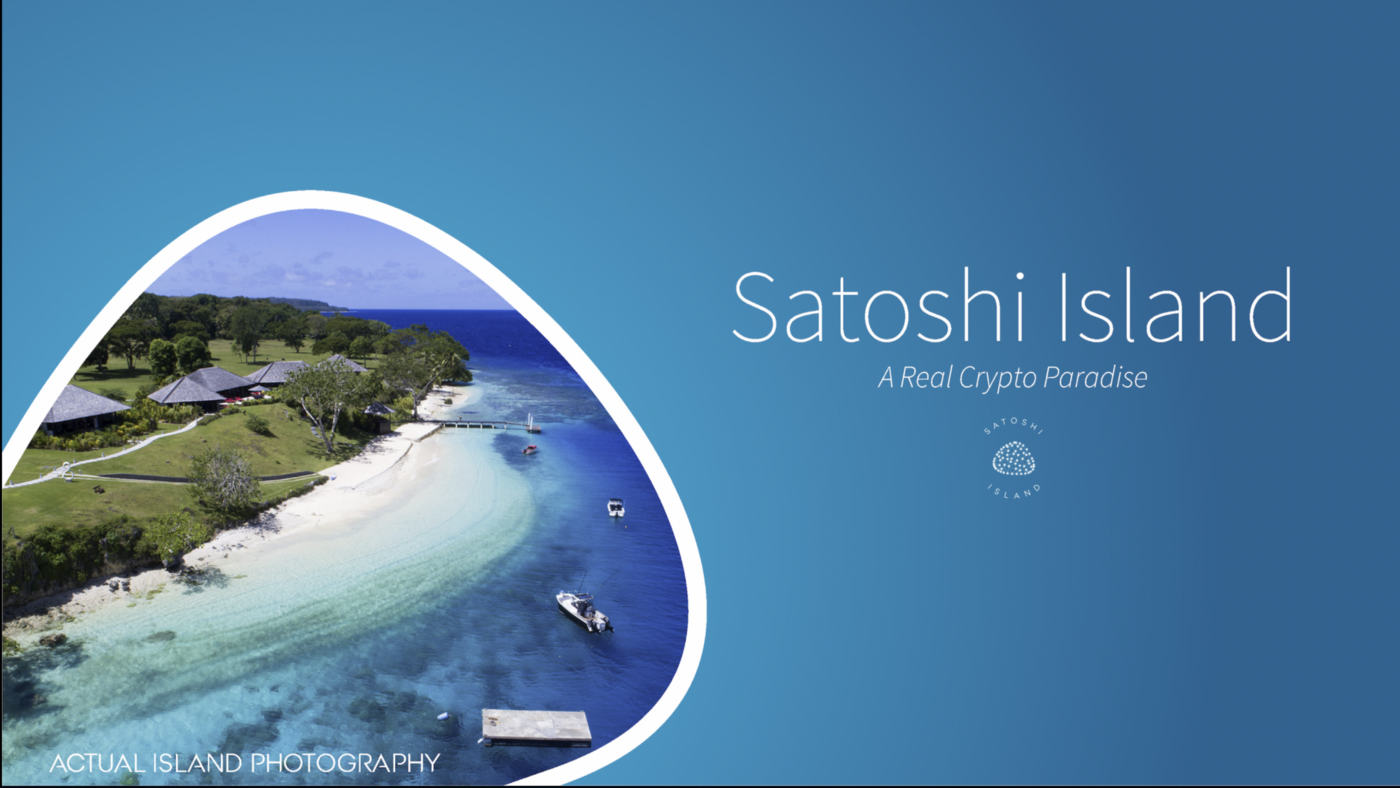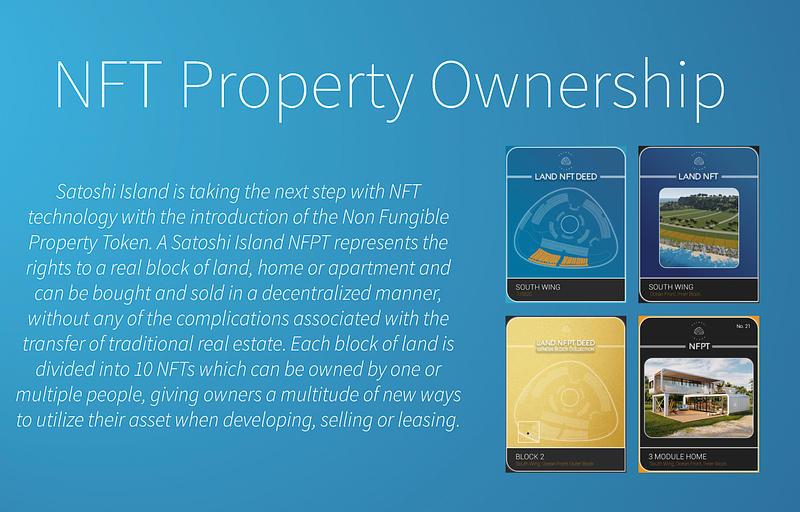
The real case of an economy completely based on blockchain is almost here. The self-sustaining island, owned by Satoshi Island Holdings Limited, is ready to become home to crypto projects, individuals and events.
Here is the project description:
Satoshi Island is a 32 million square foot private island, located in the tropical paradise of Vanuatu, tucked between Australia and Fiji. The island, which is owned by Satoshi Island Holdings Limited, is intended to become home for crypto professionals and enthusiasts, with a goal to be considered the crypto capital of the world. After years of preparation, a green light from the Vanuatu Prime Minister and Minister Of Finance and all approvals in place, Satoshi Island is now ready to be developed into a real-world crypto economy and blockchain based democracy.
According to the video presentation , it is possible to buy one out of 21,000 Land NFTs (i.e. one of 21,000 parts of the 32 million square foot island). The NFT holders within one block will represent a joint ownership and they will decide what to do with their block of land (e.g. sell/lease/build something for themselves or for the community etc) via blockchain voting. Every 10 NFTs will be connected in one block of land. If you collect all 10 NFTs you own the whole block. If you hold the citizenship you can convert these NFTs to NFPTs (see the concept below) and build your own house (the property certificates will be NFTs as well).
The price of one NFT has not been disclosed and we cannot make land cost estimates.

By the way, one of the team members is the architect James Law, who has developed a modular system for the island. The owners will be able to design the buildings by combining different modules (the price of each start from $60K) in different positions online and then the unique buildings will be shipped to the island fully assembled.

The whole idea looks like a game: collect NFTs, get the land, project a building, live and work there, get more NFTs and build more… A bit like a large-scale Civilisation or Sims3, but way more attractive. Another game feature: you can explore and build on a virtual version of Satoshi island in the metaverse and watch it become a reality on the real island. We are pretty sure that this idea will be of great interest not only to crypto enthusiasts but also to the powers-that-be who want to play that live simulation.
According to the agreement with Vanuatu, the island is not a separate county but it will operate with a degree of autonomy. The island will be a crypto-friendly jurisdiction and will be legally supported by the Vanuatu government. Those who make the island their home will benefit from zero tax on personal and corporate income. There are no capital gains tax, no withholding tax and no death tax, etc.
Satoshi Island citizenship is another type of NFT. It provides the holder with exclusive benefits, including the right to live and work on the island, early access to mints, airdrops, advanced NFT security and much more. Only 21,000 Satoshi Island Citizenship NFTs will ever be created (and by the way only 21 millions of Satoshi coins — STC). The first edition of citizenships will be granted via airdrop to early supporters of the project.
The idea of a decentralised community and blockchain economy has been around for a long time but previous attempts to realise it turned out as big failures. It is amazing that the project team managed to settle all the legal questions with the government of Vanuatu.
Here you can check the project timeline and see what has been done already. Soon the first modules will arrive on the island to accommodate short-stay visitors. A public opening is planned for Q1/2 of 2023. We hope that the project will have a smooth start and we’re looking forward to observing more!
Note: some of the project materials look a bit raw and sometimes controversial (i.e. small mistakes, typos, minor discrepancies etc). This negligence probably doesn’t mean a lot, but in our opinion is not a good sign.
You can find more materials here:
- Main website
- The island presentation
- Satoshi Island Tokenomics
- https://linktr.ee/satoshiislandtoken

